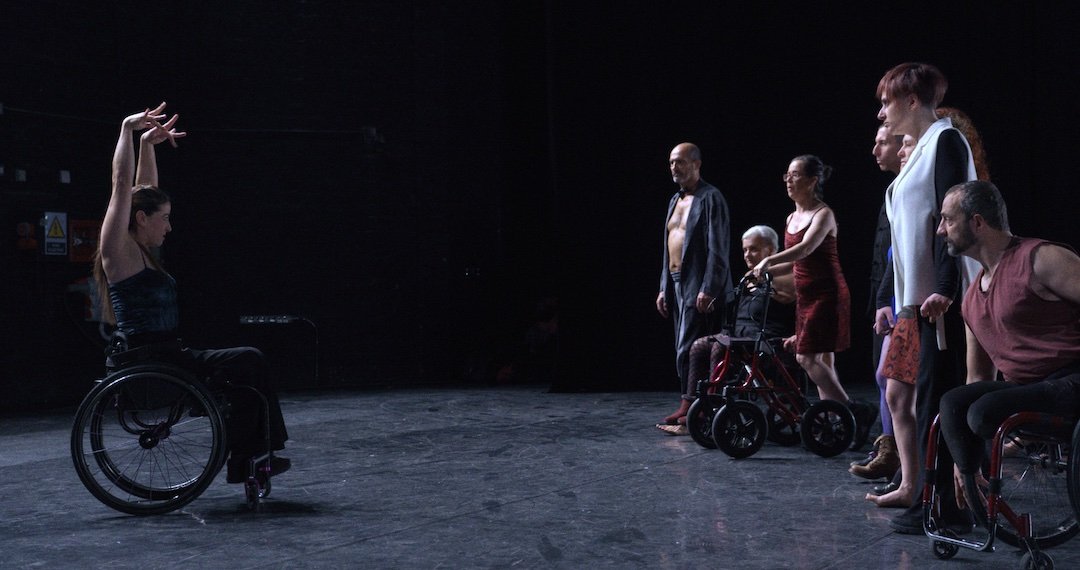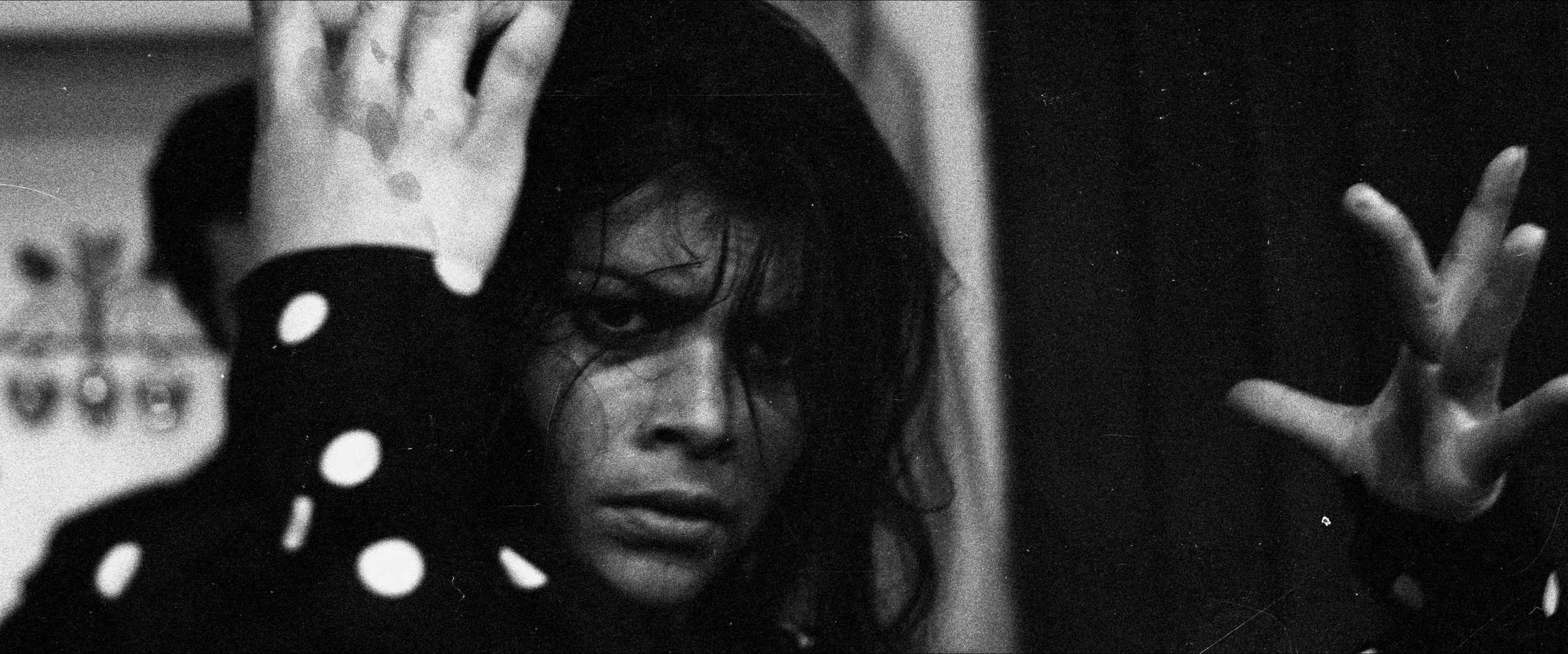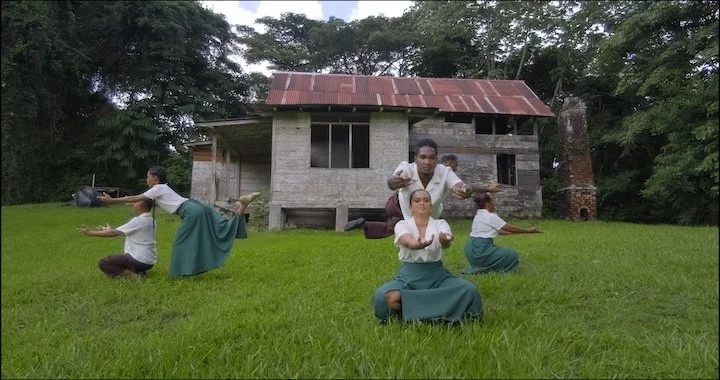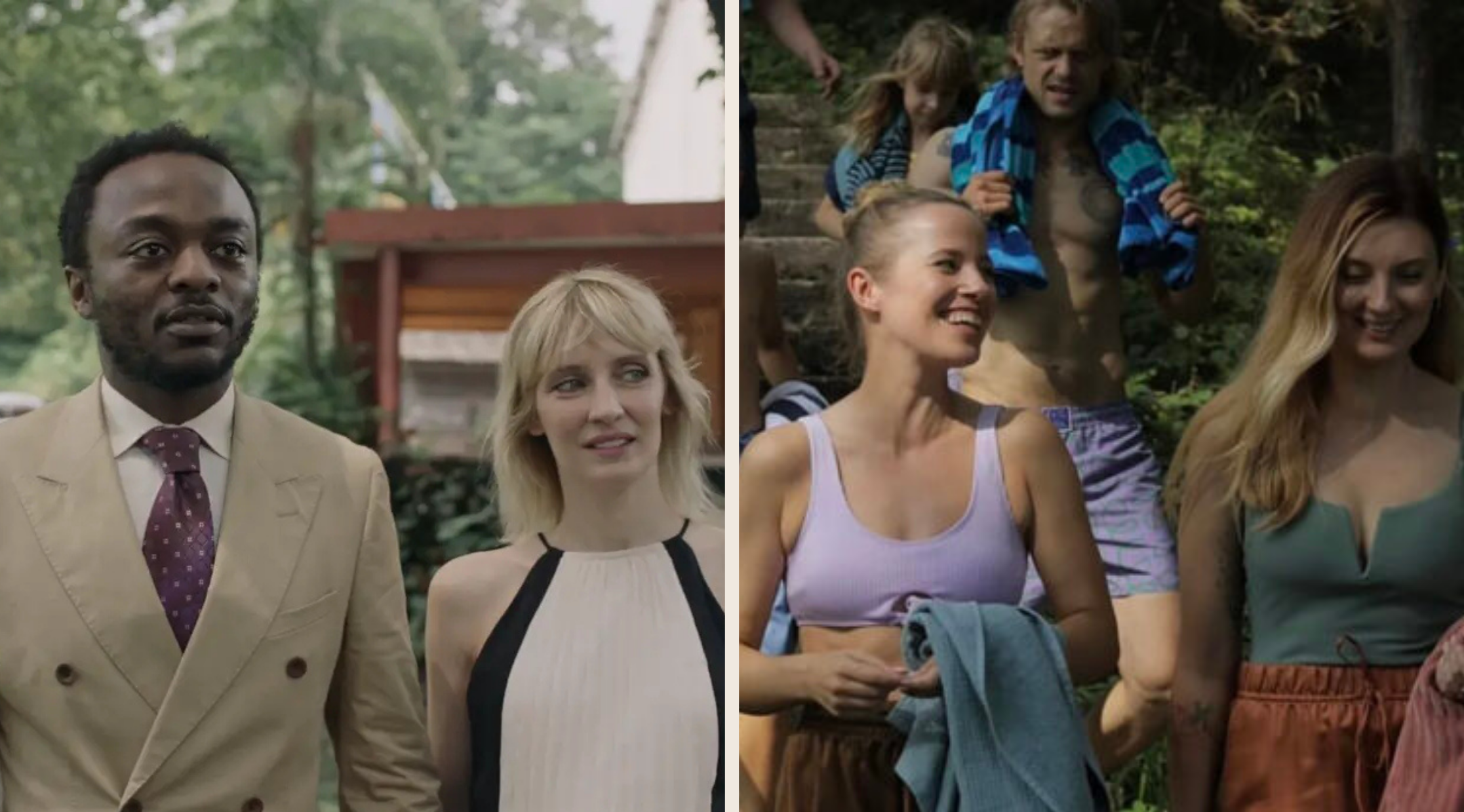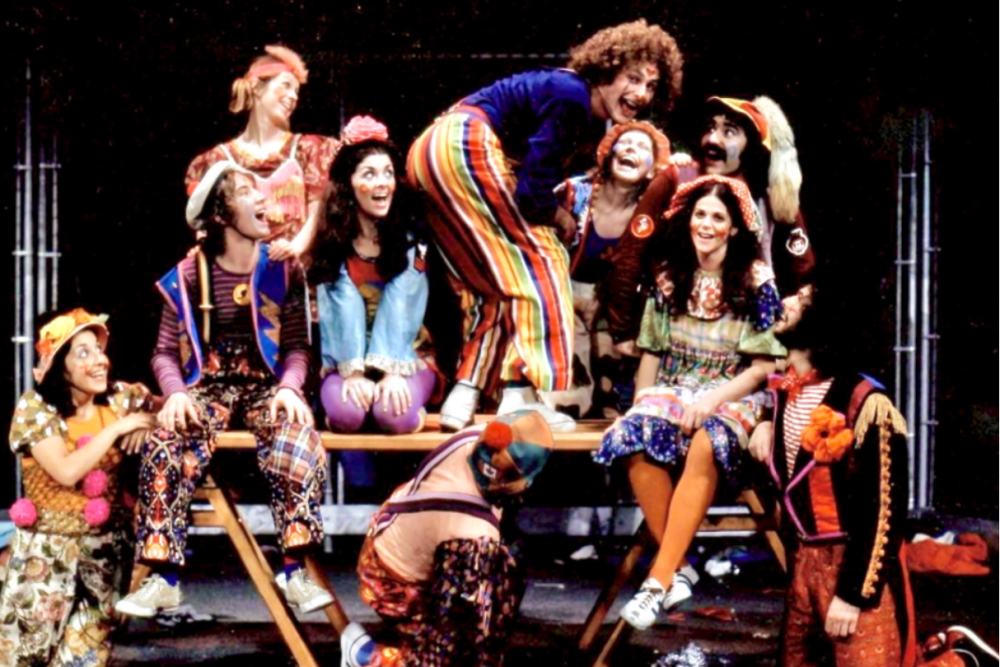At DOXA fest, dance films create new hybrids, mixing choreography, interviews, and cinematography
La Singla searches for a lost flamenco star; A Way to B profiles the members of a daring disability-arts troupe; and Cheenee traces the history of Indian diaspora in Trinidad and Tobago
A Way to B follows the members of the Barcelona dance troupe Liant la Troca.
DOXA Documentary Film Festival runs from May 4 to 14 at SFU Goldcorp Centre, VIFF Centre, and The Cinematheque, and May 15 to 24 online
DANCE FILMS usually amount to stage works vividly caught on camera for the big screen,
But this year’s DOXA Documentary Film Festival has gathered a group of compelling hybrid projects for its new series “Dance, Dance, Otherwise We Are Lost”—a line borrowed from Pina Bausch. Travelling from Barcelona to the lush tropics of Trinidad, these documentaries serve up not just dazzling dance but the human stories and histories behind them—think a poetic mix of archival footage and interviews interwoven with choreography in unique ways.
Here are three of the standouts, recommended for dance fans and non-dance fans alike.
La Singla digs into the history of Deaf flamenco star Antonia Singla.
La Singla
Paloma Zapata’s documentary opens with black-and-white early-1960s footage of the most arresting flamenco dancer you are ever likely to see. Hair flailing, black-lined eyes flashing, and her feet pummelling the floor in a blur of speed, she looks possessed. Like the filmmaker, a young dancer from Seville, you’ll wonder how it is that you’ve never heard of the forgotten star “La Singla” before. She is only 17 in the clip. Even more remarkable: she is Deaf. So begins Zapata’s obsessive quest to unearth the mysterious story of Antonia Singla—how she was discovered in the Romani slums on the beaches near Barcelona, how she learned to dance to the rhythms of musicians and cantaors she could not hear, and where she disappeared to at the height of her fame. Zapata blends interviews with friends and family, found footage, images of old memorabilia and vinyl, and impressionistic visits to La Singla’s old stomping grounds. Riveting stuff, artfully made, and a must-see for anyone in love with the fiery Spanish art form.
A Way to B
Vancouver is no stranger to disability arts—but rarely is disability-inclusive dance as raw, sensual, and unnervingly honest as the work of Barcelona innovators Liant la Troca. Featuring performers with a wide range of disabilities—some have prosthetic limbs or none at all; others have wheelchairs, or leg braces; others live with cerebral palsy or blindness. In an ever-moving array of patterns and rhythms they jut and whirl across the dance floor. Dressed in red and black they becoming superhumans—performing edgy, innovative, and provocative work that could stand on any contemporary stage. Better yet, directors Jos de Putter and Clara van Gool follow each of the artists home, where we hear candid personal stories about the challenges the dancers have faced—and the freedom that’s come with the camaraderie of the collective. One man recalls his mother’s story of doctors hiding him from her when he was born—”like I was a monster”. Another woman recounts the pain of people assuming she’s developmentally disabled because of her severe speech impediment. And a blind woodworker scoffs at the number of people who refuse to believe he’s made the beautifully crafted cabinets he creates. “Fuck off,” he says—and agreed: A Way to B is no pity party. Like the other films in this series, this is a film as enjoyable for its daring dance interludes as its compelling human portraits.
Cheenee digs deep into the history of Indian diaspora in Trinidad and Tobago.
When slavery ended and Trinidad and Tobago was still a colony, it seemed for a long time that no labourers were hardy enough to tough out the extreme heat and arduous work at its sugar plantations. As we learn in Andreas Antonopoulos’s documentary, thousands of Indians would relocate—under false pretenses, and often as indentured servantws—to fill the job, establishing a unique cultural community that thrives to this day. (“Cheenee” is Hindi for sugar.) The extended dance sequences, staged amid forest groves and in front of derelelict plantation shacks, feature a diverse group of performers in styles that draw on African, Indian, and European traditions. They don't always weave in seamlesslessly. But the archival imagery mixes beautifully with heady, impressionistic cinematography at abandoned industrial sites and modern-day, fretwork-bedecked homes, as well as interviews with third- and fourth-generation descendents of labourers.


